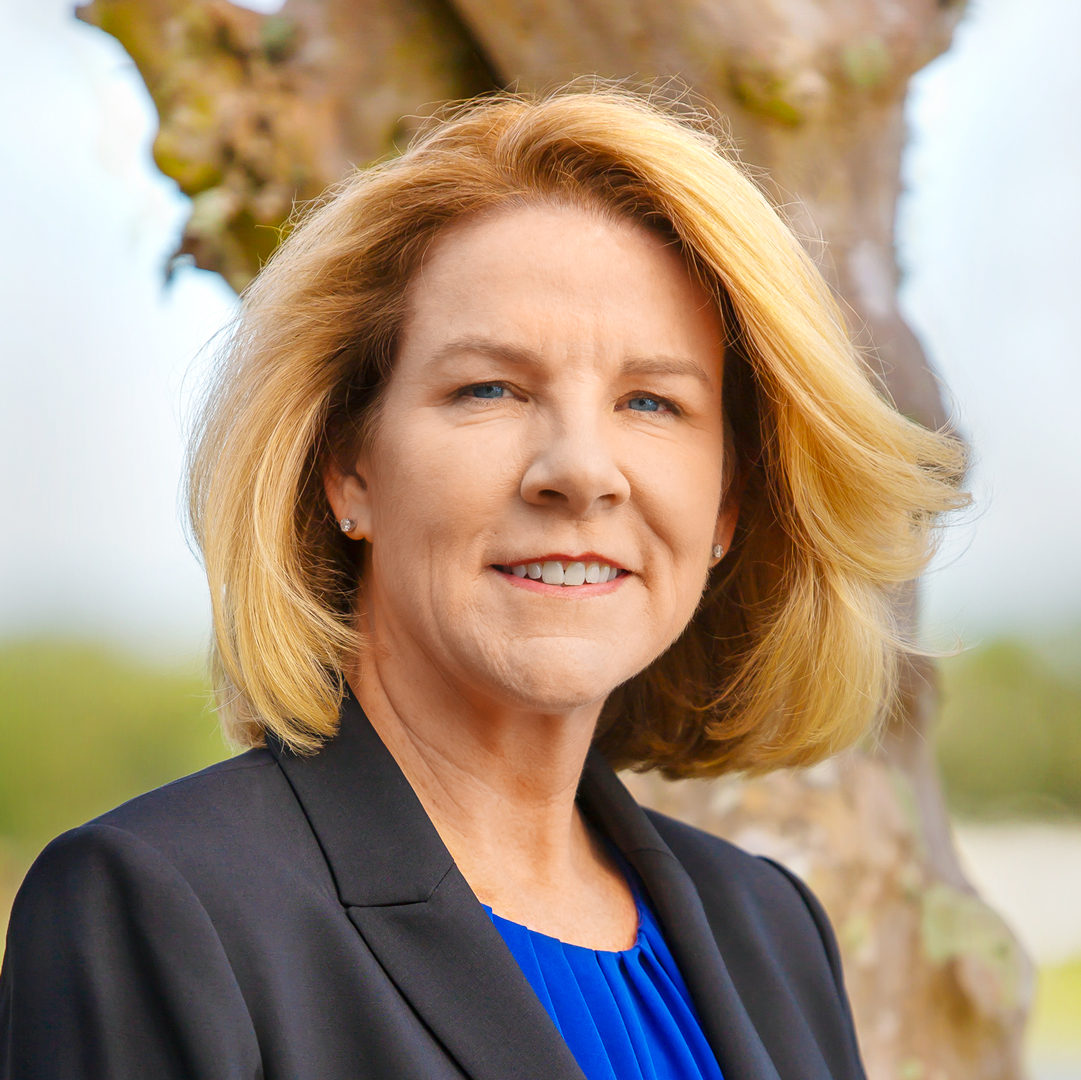Chief learning officers are a relatively new addition to the C-suite—the position first began popping up in the 1990s. Malissia Pendleton was new to the workforce back then, finding her way forward, starting in field operations in the quick-service retail industry via Louisville-based Yum! Brands and finishing a double major in business administration and business management. “CLO” wasn’t yet in her career alphabet. However, “Ops” and “IT” both were. By the early 2000s, she was finding success in field operations before moving to corporate as an IT field systems group lead/technical analyst. But a mentor saw skill sets within Pendleton that would bring all the different letters together for her soon enough.
“My mentor asked me if I’d ever considered a career in project management,” she recalls. “And I remember thinking at that time that I had no idea what I wanted to do. However, I knew that I needed some guidance to help navigate me through determining the next step in my career path.”
Pendleton got busy “filling up her toolbox,” as she calls it, with learning about things like having crucial conversations, developing critical thinking skills, and being a team player. By the time she was deeper into project management training, she’d decided to learn more about marketing as well, since she supported marketing projects at that time. “I wanted to understand more about the business and what they were discussing in project meetings and leadership roundtables. I wanted to learn more about making key decisions about price points, consumer data, forecasts, product development, and so forth,” she explains. “I didn’t want to just keep up with the project management piece of driving timelines; I wanted to have my own voice—a seat at the table. But I didn’t know what exactly a seat at the table truly meant at the time.”

She learned what it meant soon enough. As part of a centralized PMO team, she put a great deal of effort into making sure important employees were coming to the proverbial “table,” and that their insight and feedback was heard. “My job was to ensure key decision makers have the right information at the right time to make the best decisions for the company.” Leading a PMO team came next, as it became clear that she had much to give in that capacity.
“It was one of those things where you’re providing support to someone and they see you in a much bigger role, believing in you and seeing a competency and strength in you that you didn’t see in yourself,” Pendleton says. “I was extremely lucky to have access to great leaders who served as mentors in my career, who had global foresight and were willing to invest time in me. I learned a tremendous amount in a very short time span by having exposure to leaders who shared how they have dealt with strategic business and people issues and how they go about solving them.”
After more than a decade of accumulating and honing her skills, a previous mentor and confidant informed Pendleton about an opportunity at BrightSpring Health Services (formerly known as ResCare) that she couldn’t refuse: a chance to build a training department from the ground up with a new CEO at the helm.
“Everything I had heard about BrightSpring and the opportunity was ignited when I heard that a new CEO was coming on board,” Pendleton says. “I did not want to pass up the opportunity.”
BrightSpring Health Services is one of the largest providers of diversified home and community-based health services to complex populations. The company provides both nonclinical habilitative services and clinical rehabilitative services for people of all ages and skill levels. Its primary businesses include: behavioral health (including autism services); home health care (including personal care, home health, and hospice); neurotherapies; pharmacy and telecare ancillary technologies and services; and job placement and vocational training. Each service line has its own business processes, innovations, and fundamental challenges requiring training, to say nothing of the necessary field testing, implementation, and oversight. But in realizing BrightSpring’s employees to be its most valuable asset, Pendleton uses her “operator lens” at every turn in hopes of generating the best growth and development experiences possible for every employee.
“Whether we’re onboarding new employees or training our workforce on new system platforms, tools, and/or processes, it’s important that they have what they need to know to do their jobs well,” she says. “We want the experience we’re providing to be not only welcoming, but an extension of our culture.”
In 2017, BrightSpring introduced a new chief human resources officer, ushering a new era in HR for the company and a new mentor for Pendleton. Pendleton credits her CHRO for helping expedite a new vision that has put an extreme focus on people, training, and organizational development and effectiveness and for creating the chief learning officer position, further emphasizing the company’s investment toward learning and innovation.
BrightSpring now invests heavily in its culture and people. It has fueled the launch of its new values and core behaviors: LEGACY (Leadership, Environment, Get going, Attitude, Communication, and You be an example). These behavior expectations ensure that the company’s forty-five thousand employees across more than forty states and thousands of locations are always striving for teamwork, quality, and operational excellence in everything they do, every day.
Of course, developing an understanding of BrightSpring’s culture is just a fraction of what Pendleton and her team set out to do for employees. “As soon as I was able to get a hold of what our company’s strategic road map was—to understand and visit each division’s operations, speak to each president, and know what needs work—not only were we working on a new culture training and defining leadership training, I drew out what type of organizational structure I needed on my team in order to support and deliver those programs,” she says. “You must always know how your strategy, structure, and culture are to be organized for the future. It’s important that you don’t get caught up in the ‘now,’ but what you will need to solve for the future and to ensure successful growth.”
As those structures came to pass and Pendleton cultivated a regular dialogue with BrightSpring’s CEO and other top executives, her “new” team quickly became a leading learning and organizational development team. As she witnesses her team of highly educated and experienced learning professionals, she takes pride in the innovative strides they’ve already made.
“With our rapid pace and agile development, everything is done in 3–5 months,” Pendleton says. “Normally for an instructional design team, you’re lucky if you can develop and launch a new program in 18-24 months. Most training teams use third-party vendors to design for them, but this can be inefficient due to lengthy vendor timelines along with extensive costs. It also makes it difficult to prove your value to the organization if you’re always in a bottleneck to the operation’s success.”
Appreciation and value for BrightSpring’s learning and organizational development team took a more literal form this past fall, when the Kentucky chapter of the Association for Talent Development named it the recipients of 2018’s IMPACT award. But for Pendleton, the best reward comes with watching her team continue to grow as they learn first-hand how to gain an “Ops lens” from Pendleton while developing new skill sets beyond the typical “instructional designer” or “organizational development” job role, and in Pendleton’s continued ability to see things through her own “operator lens” while appreciating the strong interpersonal relationships she builds along the way.

